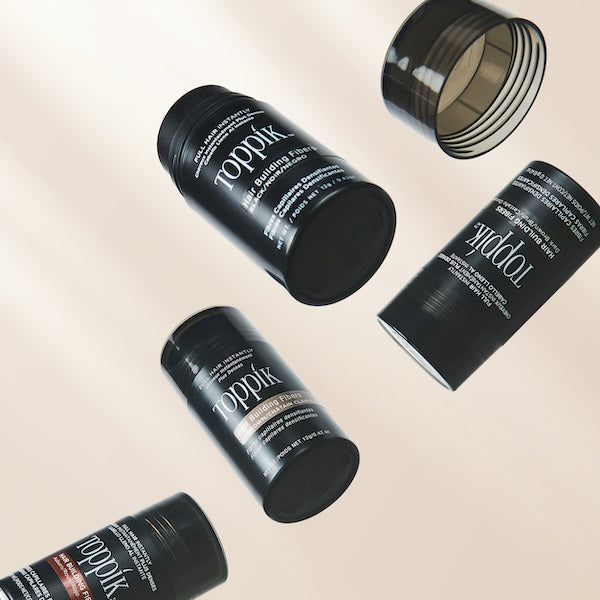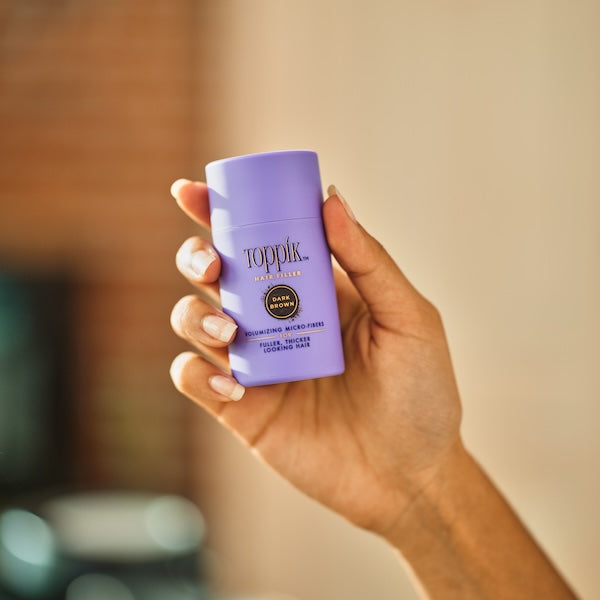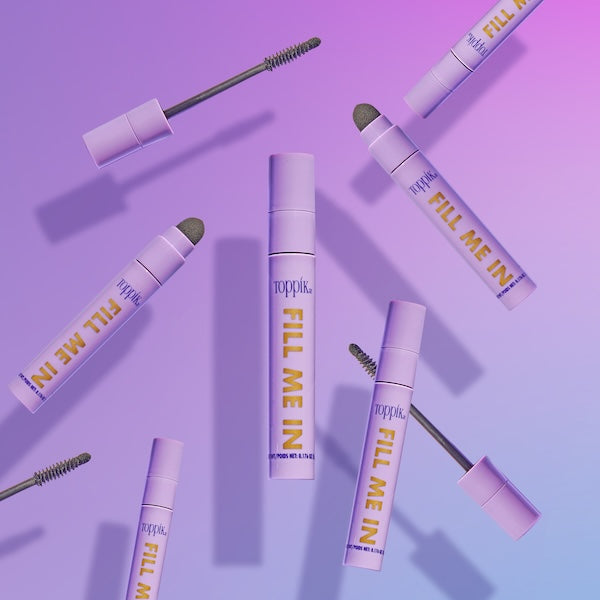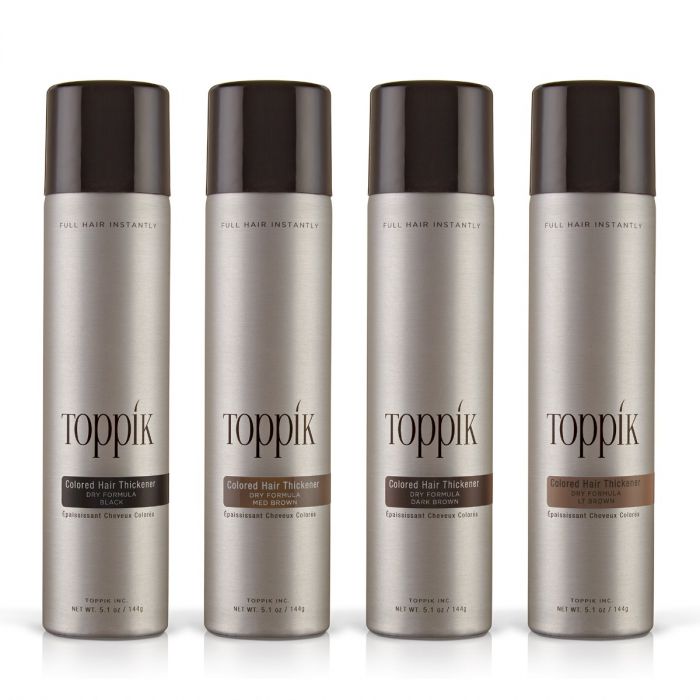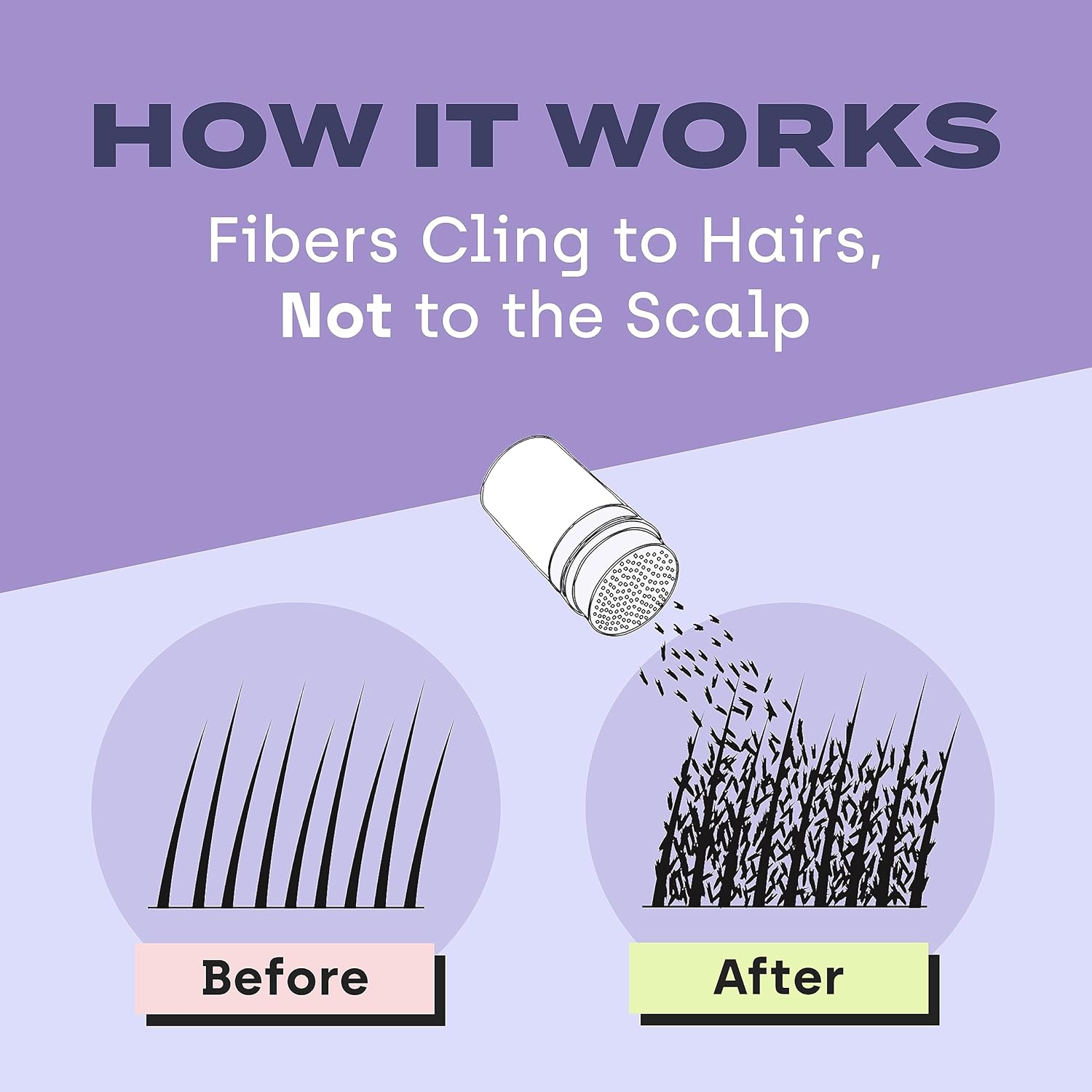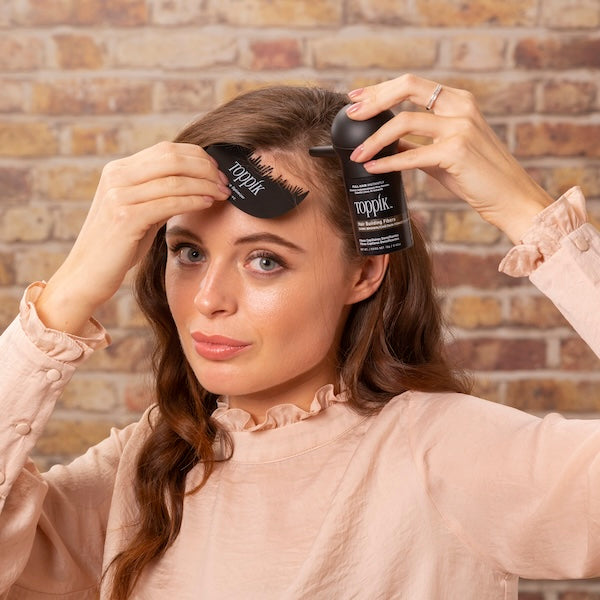Ever wonder why so many men grow beards and mustaches in November? It’s not just to keep their faces warm during the winter! During the month of November, men all over the world participate in a movement called Movember to raise money and awareness for men’s health issues such as prostate and testicular cancer. This global charity event encourages men to grow out their facial hair during the month to bring attention to these important issues. To celebrate Movember, let's take a look at the history of beards and mustaches. Throughout human history, facial hair has been in and out of style. In the 1890s, more than 90% of men had some form of facial hair, a figure that dropped to below 20% by 1970. Now the scales seem to be tipping in the other direction, with 33% of males in America and 55% of males worldwide sporting facial hair. Why do men have facial hair? Why have they gone in and out of style so many times? How did we reach this beard trend today? Read on to find out!
Beard Evolution
For prehistoric men, beards were purely functional. Prehistoric men grew beards for warmth, protection, and intimidation. Facial hair kept prehistoric men warm in an era where the only heat source you had was a fire. Beards also protected them from the sun. In fact, according to researchers from the University of Southern Queensland, beards are able to block up to 95 percent of the sun’s harmful UV rays. Beards also create the appearance of a stronger jawline, which may have been intimidating to predators or opponents. With the advent of more refined metal production processes, men were able to create sharper knives suitable for shaving, which is where the ups and downs of the beard trend begin.
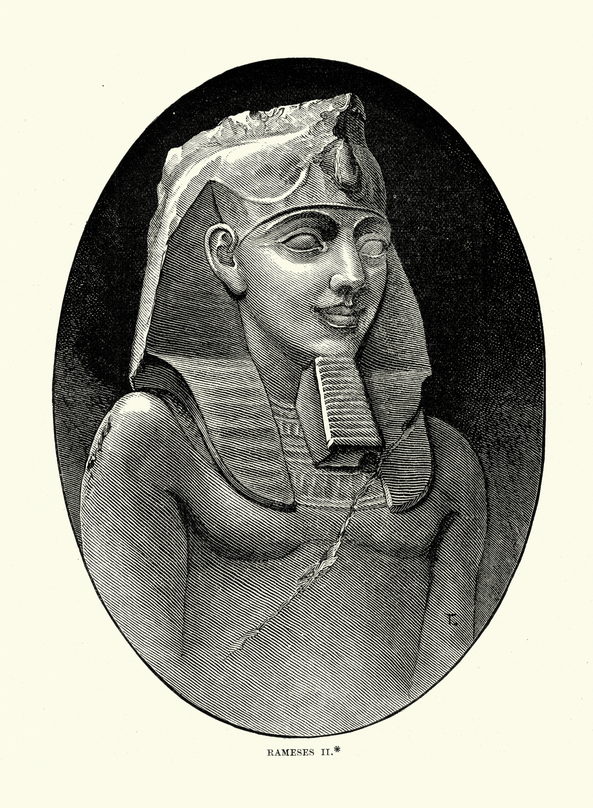
History of Beards
For rich & powerful Ancient Egyptians, beards were purely ornamental. They dyed their beards and braided golden thread into them. False beards made out of metal were worn by both kings and queens. These false beards were held in place by a ribbon tied over the head and a gold chin strap. Ancient Greeks and Mesopotamians also held beards in high regard. They used heated tongs to create elaborate curl arrangements and oils to keep their beards glossy. Men’s beards were sometimes cut off as a form of punishment. Most men of this time period had beards, until Alexander the Great decreed that all soldiers had to shave their beards out of fear that enemy soldiers would grab onto their beards during battle. In Ancient India, a long beard was a sign of dignity and wisdom. Beards were viewed so sacredly, that a man might pledge his beard as a payment for a debt. Like the Ancient Greeks, they also publicly cut off beards as a form of punishment. 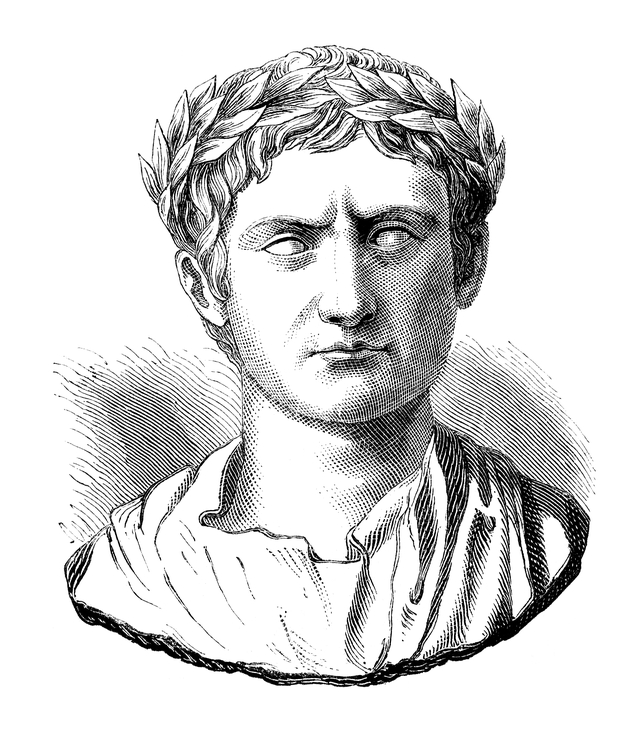
Julius Caesar rocks the clean-shaven look favored by most Romans.
Unlike their ancient world counterparts, Ancient Romans discouraged growing beards because they believed facial hair was unhygienic. They believed being clean-shaved separated them from the Greeks. Only philosophers kept their beards long, viewing them as a sign of wisdom like in India. In pre-Islamic Arabia, men grew mustaches but shaved the hair on their chins. To signify their break from the old religion, the prophet Muhammed encouraged his followers to do the opposite, and grow out their beard while keeping their mustache trimmed short. During the Middle Ages in Europe, knights grew long beards to display their masculinity and honor.
While most noblemen and knights were bearded, members of the Catholic Clergy were clean-shaven as a symbol of celibacy. By the 15th century, most European men were clean-shaven. Henry VIII actually placed a tax on having a beard, though he hypocritically had a beard until he died! His daughter, Elizabeth I, kept his tax on beards simply because she didn’t like them. 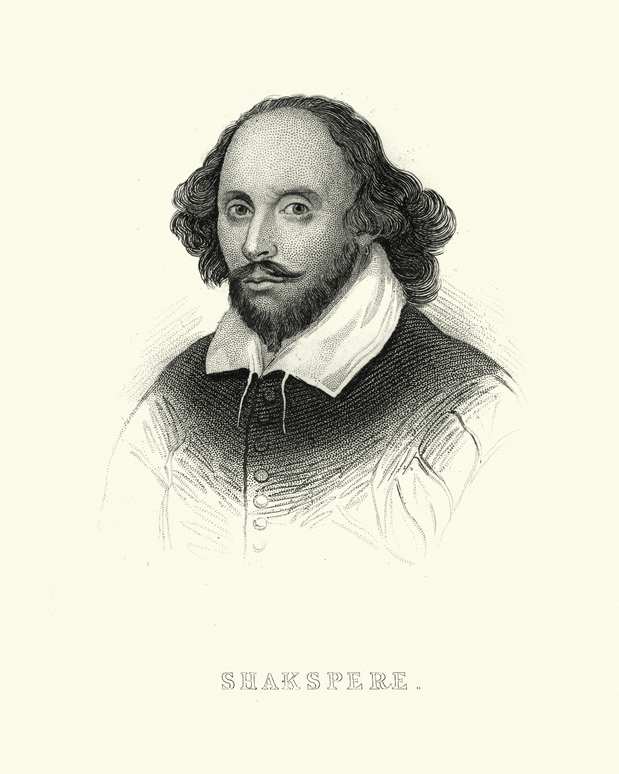
Shakespeare sporting the "Vandyke."
Portraits from the 1600’s began to portray men with pointed beards in a style known as the Vandyke. Men used pomade and wax to shape their beards, which they applied with tiny combs. They even had gadgets to keep their beads and mustaches in shape while they slept! By the second half of the 17th century, being clean-shaven was more common again. In Russia, Peter the Great ordered men to shave off their beards and then later taxed beards because he believed it would help bring his empire in line with Western Europe.
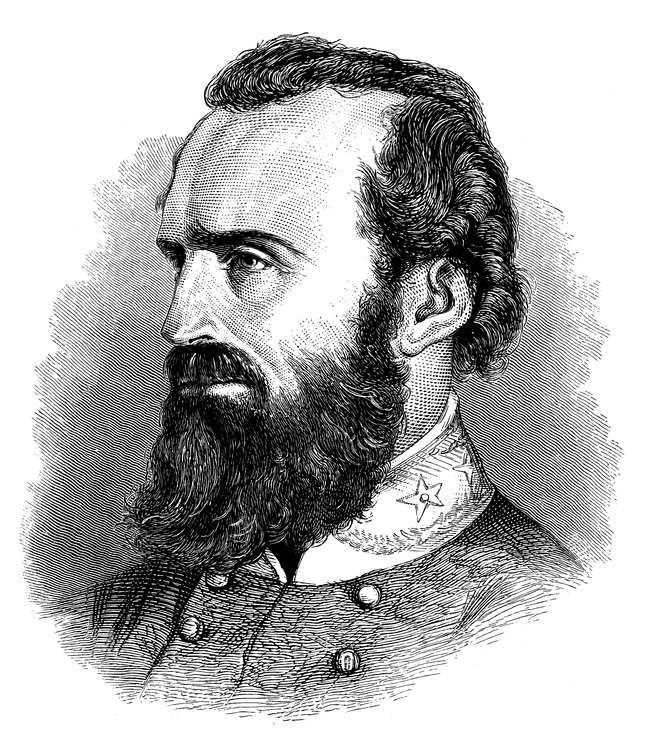
Stonewall Jackson wears a full beard favored by many men in the mid-1800's.
The clean-shaven look remained en vogue in Europe until the mid-19th century, when beards became dramatically more popular. Many world leaders and cultural figures adopted the bearded look, including Alexander III of Russia, Napoleon III of France, Charles Dickens, and Karl Marx. The trend also caught on the United States during the Civil War, with many presidents sporting facial hair. The prevalence of facial hair once again declined in the early 20th century. During WWI, soldiers had to stay clean-shaven in order for their gas masks to form a proper seal on their face. When soldiers came home from war, the trend caught on. In the 1960’s, the counter-culture “hippie” movement sparked a resurgence in facial hair. Musicians like The Beatles and Jim Morrison sported the look, and beards exploded in popularity. By the early 21st century, however, beards were mostly associated with “old hippies” and bikers.

Now beards are all the rage again! While a full beard is considered fashionable, today’s beards are kept trimmed and cared for with special oils and cleansers designed specifically for facial hair.
How to Get a Better Beard
Want to get involved in Movember, but your beard is coming in a little patchy? Try Toppik Hair Building Fibers! Hair Building Fibers work just as well on your beard as your hair to instantly create the appearance of a fuller growth pattern. Fill in sparse areas in 3 simple steps:
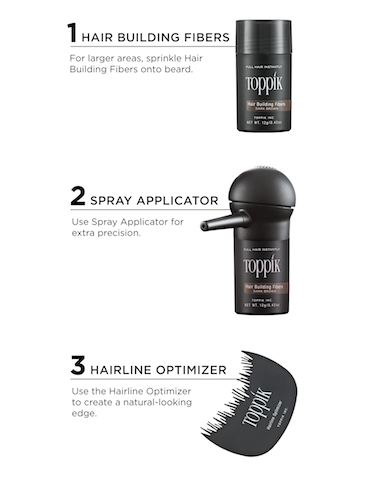
Many men find that their beards grow in a few different shades. If this is the case for you, match your fibers to the darkest part of your beard. We are loving these fiber-enhanced beards on Instagram:
We want to see your beard! Tag us on Instagram with #ToppikHair to show off your luscious face locks.
Stay In the Know
Next time on Hair Toppiks, we’ll tell you how to get glam, party-ready hair just in time for the holidays! If you want to be the first to know about new posts to the Hair Toppiks Blog, sign up for the Toppik VIP list to receive an email a couple times per month or check us out on Facebook, Instagram, YouTube, Twitter, or Pinterest!

